Those who visit Light Stalking on a regular basis will probably recall that I once called on photographers to exercise a measure of self-discipline when it comes to how liberally we press the shutter button. In short, I suggested that there’s an over-capturing epidemic in full swing and it’s best to avoid succumbing to it, else risk watering down one’s creative vision. It could all be summed up as “quality over quantity,” honestly. But in effort to not leave too many loose ends, there’s another component to this topic that I should address: oversharing — the ideological (and actual) byproduct of over-capturing.
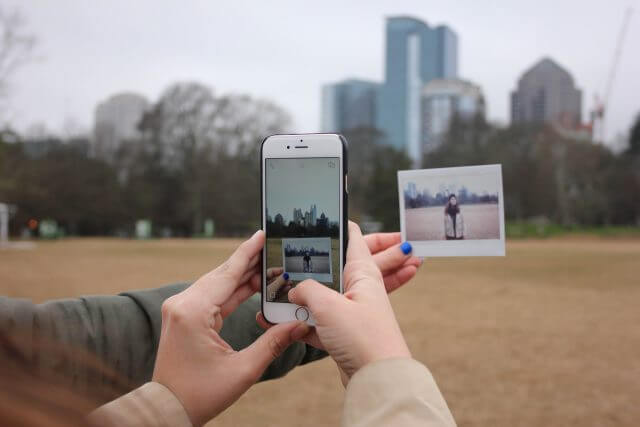
Share And Share Alike
We live in world that seems to revolve around oversharing, a phenomenon that even occurs in the realm of photography. We rightfully criticize those who seem to misuse their time babbling about nothing on Twitter when there are far more pressing concerns in the world to tend to; we raise our eyebrows in wonder at those who don’t think twice about posting family drama for all to see on Facebook. It all gets to be a bit much, and photographers aren’t immune to this social ailment.

The Feed Scrolls On
You know those 200 photos you came home with after your last street photography session? There’s no need to post them all because not all 200 of them were good. The 1000 shots you took at your last wedding? Not even the bride and groom want to see all 1000. Yet, there have been too many times in the past when I scrolled through my Flickr or Instagram feed and felt I was drowning in a bog of similarly unexciting photos from a select few individuals. Even when the photos where good, I felt overwhelmed by the amount of images being dropped on me. This brought up two thoughts:
- I need to make better use of the Unfollow button.
- Curate.
Concerning point 2, I’m fully aware that photographers don’t always make effective curators, particularly when it comes to our own stuff. It’s a skill worth acquiring, though. Even if you never learn to curate like a gallery owner, it’s important to at least practice some degree of selectivity. If you are at all interested in ensuring your work is representative of your unique vision, then it is to your advantage to post only images that embody what you’re trying to communicate. By being selective with what you post you more effectively tell a story. You don’t have to tell a traditionally linear story where one photo is narratively connected to another, but the collective aesthetic of your posts can tell the story of who you are as a visual communicator.
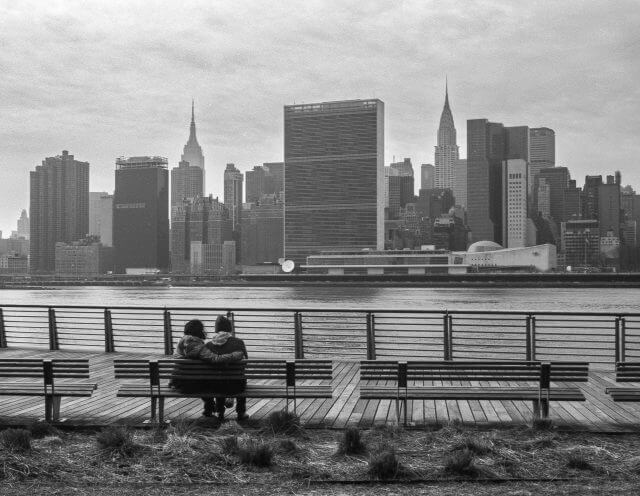
Protect Your Value
By sharing everything you capture you devalue both your craft and the artistic sensibilities of your intended audience. Of course, it’s possible to go too far down this path and suck all the fun out of sharing photos with other people. While I’m not one for posting photos of my coffee, I figure at least some of the people who do that are just enjoying the moment, which is something we can all relate to.
But if you’re someone who possess a drive to really communicate (even if you’re communicating about cups of coffee) through photography by sharing online, you’ve got to hold yourself to a certain standard. More does not equal better. Take the same principle of self-disciple I discussed in the context of over-capturing and apply it oversharing. Your audience will thank you. More importantly, you will gain valuable insights about who you are and how you want to grow as an artist.

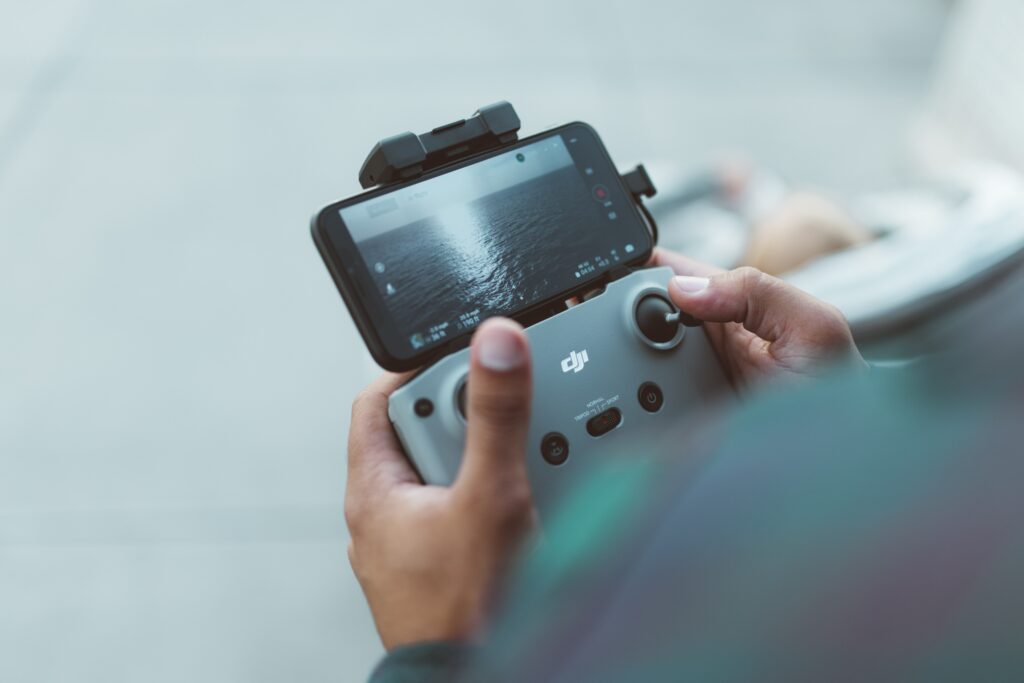

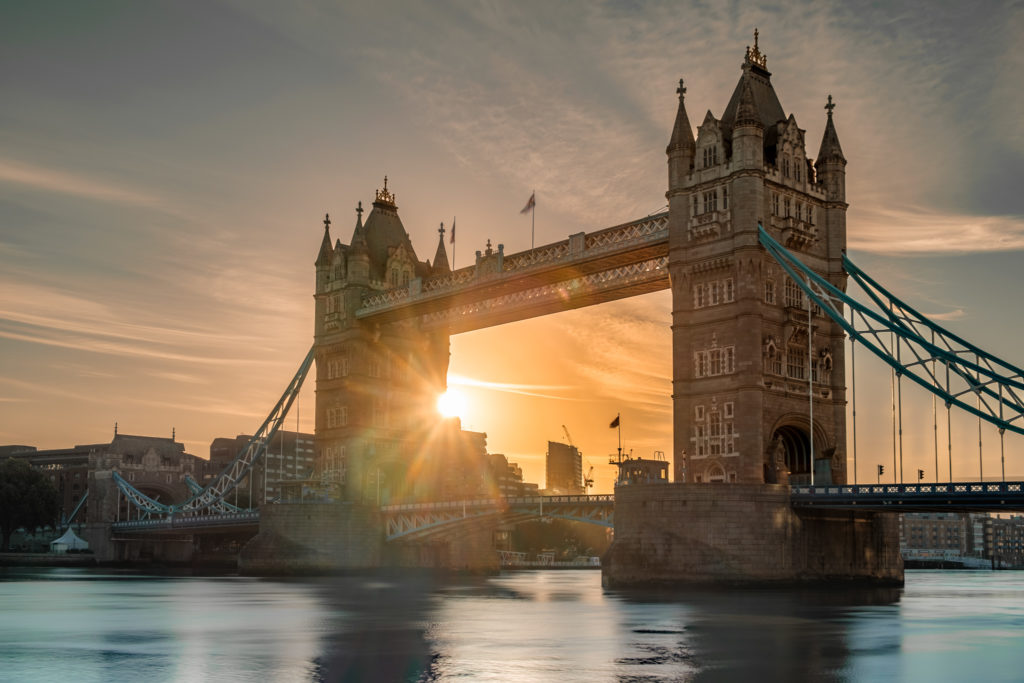
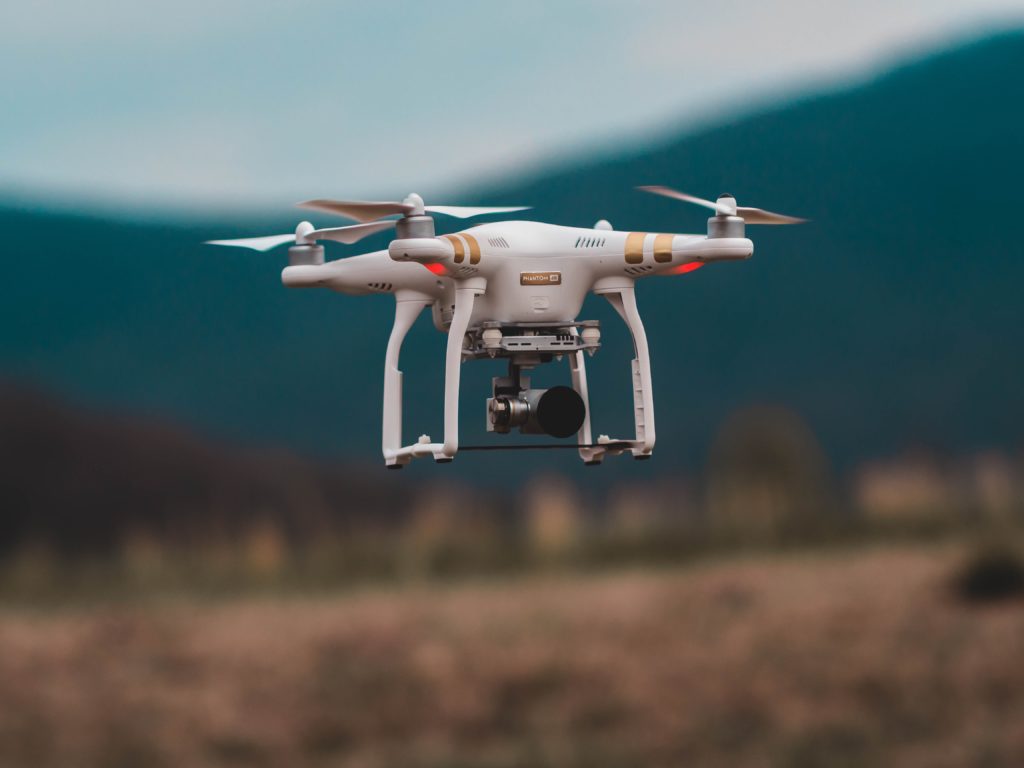
2 Comments
https://flic.kr/p/24US53b
I agree totally. Seeing 10 images of the same scene just makes me less interested next time they upload something because most likely they haven’t sat back and taken the time to edit out the strongest images.